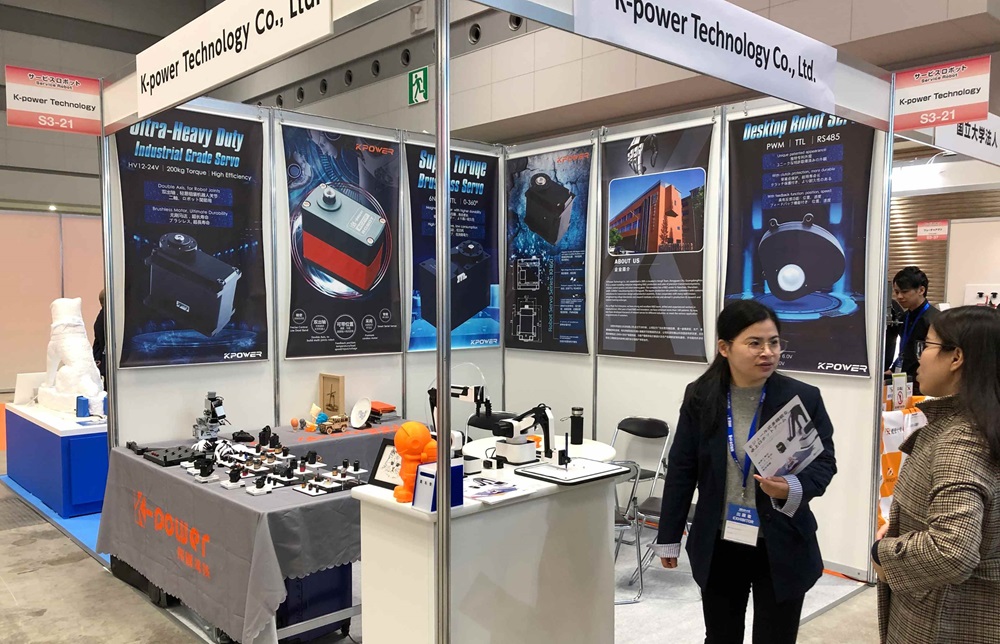Unveiling the Inner Workings: A Comprehensive Guide to Servo Motor Diagrams
When we think about automation, robotics, or precise movement control, one device that often springs to mind is the servo motor. These versatile motors lie at the heart of countless applications—from robot arms and drones to camera gimbals and remote-controlled vehicles. What makes servo motors especially fascinating is their ability to produce accurate, repeatable position control, and this precision stems from their intricate internal structures and control mechanisms, which can be vividly understood through detailed diagrams.

In the world of engineering and electronics, a servo motor diagram acts as a map—unearthing the layers of complexity beneath the surface. It’s one thing to see a motor as a simple spinning device, and quite another to grasp how each part contributes to its smooth, controlled movement. This understanding begins with a basic overview of the core components and then delves into how they interconnect in a control system.
What is a Servo Motor?
At its core, a servo motor is a rotary actuator that allows for precise control of angular position. Unlike standard DC motors which simply spin when powered, a servo motor incorporates a feedback mechanism—commonly a potentiometer or encoder—that communicates the position of the shaft. This feedback is then used by a control circuit to adjust the motor's movement, ensuring it reaches and maintains the desired angle.
Key Components in a Typical Servo Motor Diagram
DC Motor: The heart of the servo, providing the mechanical power to move the shaft. Usually a small, high-torque motor capable of precise rotations.
Gearbox: Positioned between the motor and the output shaft, the gearbox reduces speed and increases torque, enabling finer movements and holding power.
Position Feedback Device:
Potentiometer: A common, cost-effective device that provides an analog voltage proportional to the shaft's position. Encoder: Offers digital signals, providing high-resolution feedback for more precise control.
Control Circuit (PWM Driver): The brain of the servo, receiving the control signals—typically Pulse Width Modulation (PWM)—and translating them into motor commands. It compares the feedback signal with the command to generate the appropriate output.
Power Supply: Supplies the necessary voltage and current for the motor and control circuitry.
Control Signal Input: Usually a PWM signal, where the pulse width determines the desired position. For example, a 1.5 ms pulse might set the servo to the center, and 1 ms or 2 ms correspond to extreme positions.
Understanding a Basic Servo Motor Diagram
Imagine a blueprint where each component is laid out in relation to the others. The diagram illustrates a closed-loop system, with the feedback device continuously sending position data back to the control circuit. This circle of feedback ensures the motor consistently adjusts its position until the commanded value is achieved.
In the diagram, an arrow points from the control circuit to the motor, indicating the control signal—usually PWM—driving the motor. Meanwhile, an arrow from the motor back to the feedback device shows the real-time position data flowing back for comparison.
The Control Loop Analogy
Think of it like a thermostat controlling a heater. You set a desired temperature (the command signal), the thermostat measures the current temperature (feedback), and then adjusts the heater’s power accordingly until the room reaches the right temperature. Similarly, a servo motor's control circuit keeps the shaft at the target position by constantly comparing feedback and adjusting the motor's power.
Power Circuitry & Protection
A detailed servo diagram highlights electronic components such as transistors, diodes, and resistors that form the power driver circuitry. These components convert the PWM signals into actual motor currents, regulate voltage, and protect against overloads or voltage spikes.
The Significance of the Diagram
A well-constructed diagram isn’t just a static image; it’s a dynamic guide that helps engineers troubleshoot, improve, and customize servo systems. Whether in designing a robotic arm or developing automation equipment, understanding and interpreting these diagrams ensures you can optimize performance, reduce errors, and innovate effectively.
Transition to Part 2
Now that we've covered the fundamental components and the logical flow within a servo motor diagram, the next part delves deeper into the electrical schematics, real-world applications, and advanced configurations. We’ll explore how the diagram varies in different types of servo motors—analog vs. digital—and how to adapt these insights for specialized roles. But first, let's take a moment to appreciate how these diagrams serve as the blueprint for control precision and finesse in automation.
Established in 2005, Kpower has been dedicated to a professional compact motion unit manufacturer, headquartered in Dongguan, Guangdong Province, China.




































